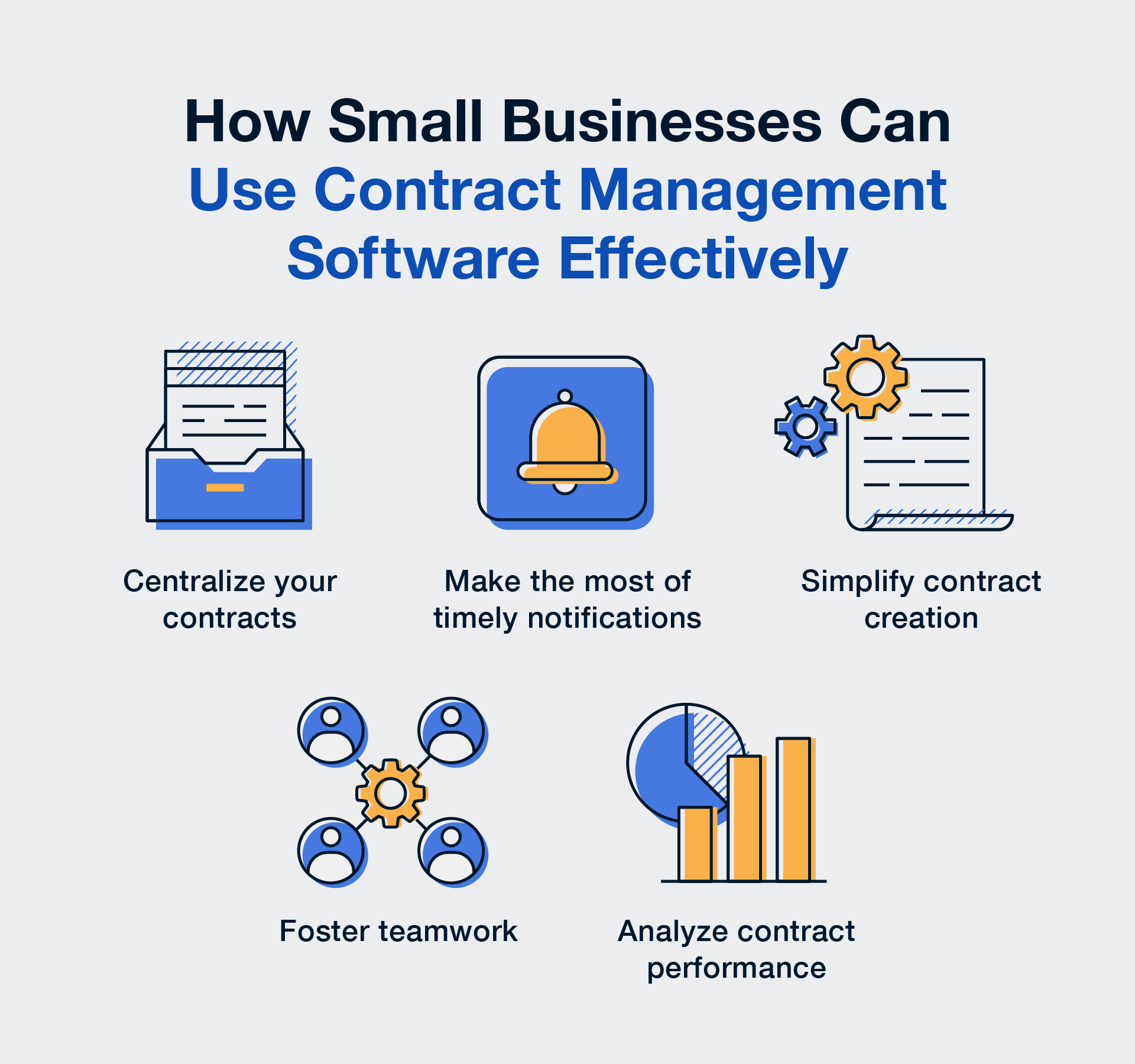What is a Termination Clause?
A termination clause is a provision in a contract that defines how and under what conditions the agreement can be ended by either party before its natural expiration date. It outlines the rights, responsibilities, and notice requirements for termination, ensuring both parties understand the consequences of ending the relationship.
Termination clauses can take several forms:
-
Termination for Cause: Allows termination when one party fails to meet its obligations or breaches the contract.
-
Termination for Convenience: Permits one or both parties to end the agreement voluntarily, often with notice and potential compensation.
-
Automatic Termination: Triggers termination upon specific events, such as bankruptcy or regulatory violations.
Together, these provisions ensure flexibility, accountability, and legal clarity during the life of a contract.
Why Termination Clauses Matter
A well-drafted termination clause protects both sides from uncertainty and prolonged disputes. Without one, a contract might become difficult or expensive to exit—even when performance or circumstances have changed dramatically.
Key benefits include:
-
Predictability: Defines clear exit paths and obligations.
-
Risk Control: Minimizes exposure when a relationship deteriorates.
-
Fairness: Balances the right to end the agreement with reasonable notice or compensation.
-
Compliance: Ensures alignment with labor laws, vendor regulations, or industry standards.
In complex business environments, termination provisions also support governance and business continuity planning—allowing organizations to pivot without unnecessary legal entanglement.
Best Practices for Termination Clauses
-
Define specific “for cause” events (e.g., non-payment, breach of confidentiality, insolvency).
-
Specify notice periods for both termination for cause and convenience.
-
Include post-termination obligations, such as data return, confidentiality, and transition support.
-
Align with renewal provisions to prevent overlap or conflict.
-
Avoid ambiguity by stating how and when notice must be delivered (e.g., in writing, via certified email).
Well-structured clauses should balance flexibility with stability—allowing necessary exits without inviting premature or opportunistic termination.
Example of a Termination Clause in Practice
A SaaS provider includes a termination clause that allows the client to end the agreement with 60 days’ notice for convenience, while also giving the vendor the right to terminate for cause if payment is overdue by more than 30 days. This structure ensures both flexibility and accountability.





